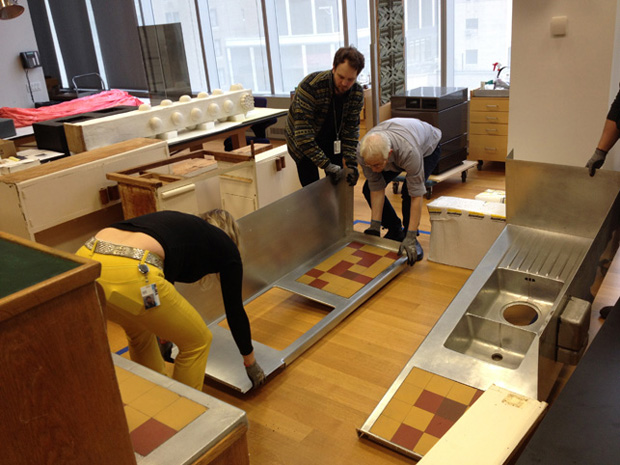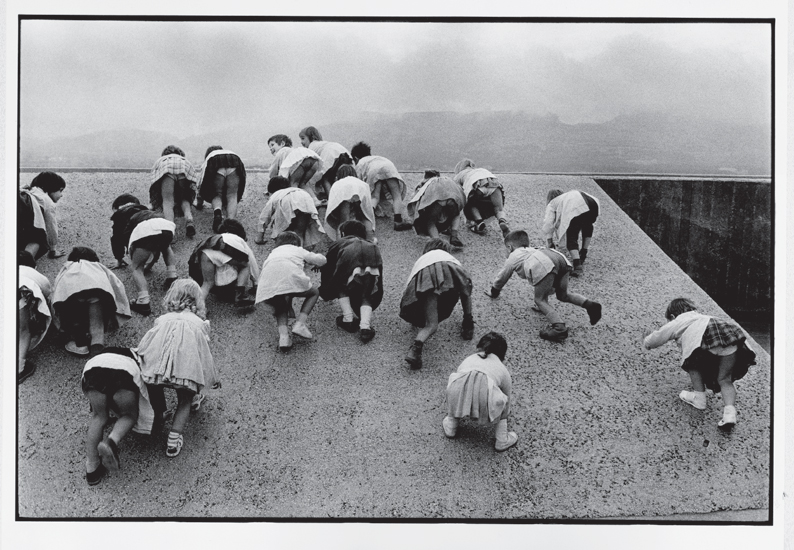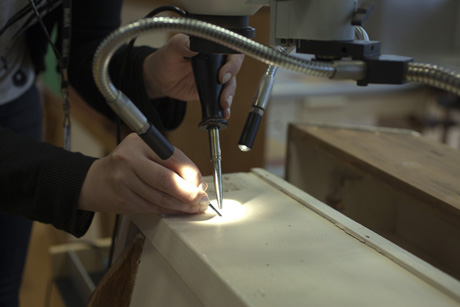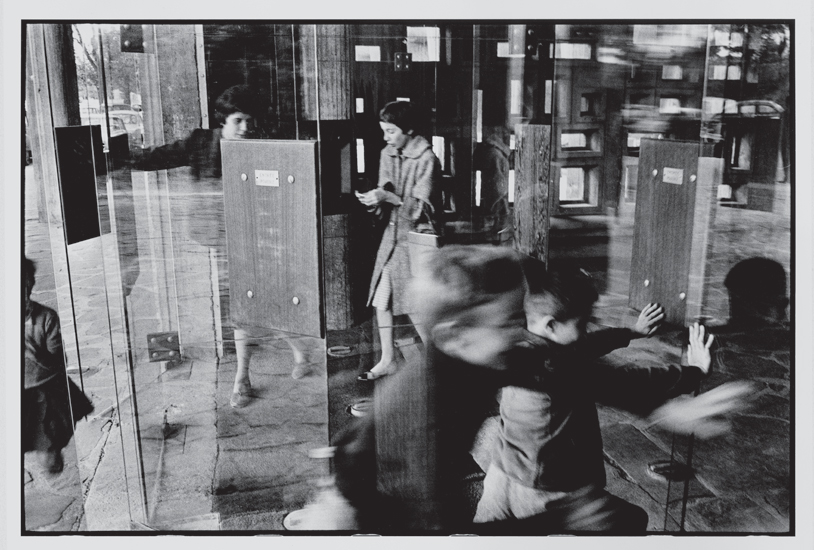
MoMA buys flat-pack kitchen
Art museum acquires an original Le Corbusier fitted kitchen from his iconic Unité d'Habitation in Marseille
Picking up a shabby European kitchen and assembling it in Manhattan isn't the kind of thing most New Yorkers would bother blogging about. Yet for The Museum of Modern Art conservators Roger Griffith and Anne Grady, the Unité d'Habitation kitchen that they acquired from a collector in Munich, was no ordinary, IKEA-style setup.
The sink, cupboards, and countertops were originally fitted in an apartment in the Le Corbusier-designed Unité d'Habitation apartment building in Marseille immediately after WWII. As many familiar with the architect's work will know, Le Corbusier saw Unité d'Habitation as an absolute solution to modern social housing - a tautly designed, multi-occupancy, machine for living in - with its own communal rooftop garden, running track and paddling pool.

While his vision of a harmonious future might not have come to pass, the block and its kitchens tell us a great deal about the man and his work. Griffiths and Grady explain in this recent blog post how, in preparation for MoMA's forthcoming Le Corbusier show, they travelled out to Germany to inspect the kitchen, which the dealer had salvaged from the Marseille block, disassembled, and rebuilt in his garage back in Bavaria.
Satisfied with the quality of the piece, MoMA packed it up once more, shipped it to New York, and began this unique restoration job. In the post they make it clear just how different this was from the items they are used to dealing with: "Unlike the majority of the collection at MoMA, this work functioned as a household kitchen for half a century prior to its acquisition, and so can be interpreted both as an artefact and as a design object."

Stripping away about six layers of paint, MoMA's restorers were able to return the kitchen to its original pigments, without removing all signs of wear. As they write, "The aim of this treatment, ultimately, is to present the kitchen in a way that best reflects the original design and colour scheme implemented by Le Corbusier in 1947, while maintaining the signs of use."
For more on this beguiling recovery mission, read the full post. To learn more about Le Corbusier's life and work, take a look at our books, which chronicle the great man's work. For more images from this era, also consider our René Burri book, Photographs. The great Magnum photographer documented Le Corbusier's work, including this housing development, and much more besides.
